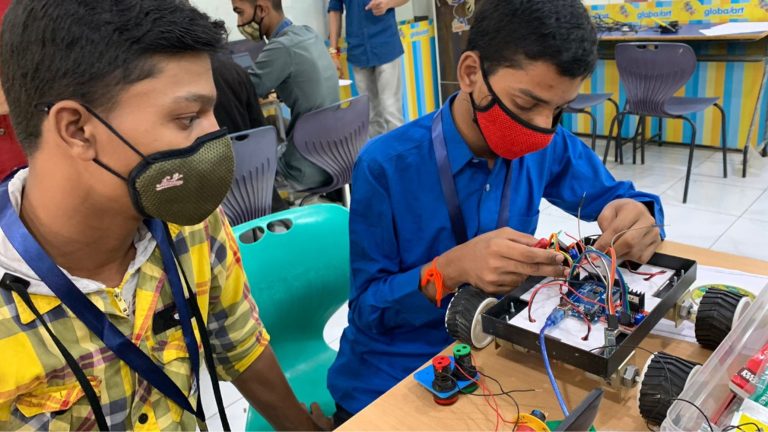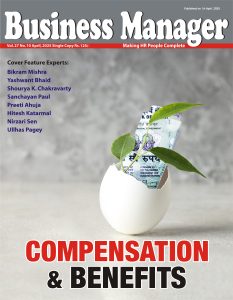Recently India Skills Report 2025 was released based on a comprehensive Global Employability Test (GET) conducted across the country.
The report surveyed over 6.5 lakh youth and captured insights from 1,000 corporations spanning 15 industries. Published by Wheebox in collaboration with esteemed organizations such as the All India Council for Technical Education (AICTE), Confederation of Indian Industry (CII), and Association of Indian Universities, highlights India’s growing potential as a global talent hub.
The India Skills Report is an annual initiative designed toAssess Employability: Evaluate the readiness of Indian youth for current job markets, Track Skill Trends: Understand emerging sectors and skills shaping the future workforce, Promote Global Mobility: Highlight India’s capacity to contribute talent to the global economy.
The 2025 edition reflects significant improvements in employability and provides actionable insights to bridge skill gaps in a rapidly evolving job market.
Key Findings
Overall Employability Trends
- National Employability: The employability rate in India has reached 54.81%, a notable increase from 51.25% in 2024.
- Decade of Growth: Over the last decade, employability has risen from 33% to over 50%, reflecting a 17% increase.
- Youth Focus: Among the 22–25 age group, employability rates are high, particularly in states like Kerala, which boasts an 87.47% employability rate for this demographic.
- Gender Variation: Gender analysis shows that the employability rate for men is expected to rise to 53.5 per cent in 2025 from 51.8 per cent in 2024.Meanwhile, for women the employability rate is projected to decline to 47.5 per cent from 50.9 per cent during the same time period.
- Varying Employability: Management graduates (78 per cent) have the highest global employability, followed by engineering students (71.5 per cent), MCA students (71 per cent) and science graduates (58 per cent).
- Top States for Employability: Maharashtra, Delhi, Karnataka, Andhra Pradesh, and Kerala lead the rankings.
Also read – Manoj Mishra joins Jagran New Media as CHRO
Global Trends in Workforce Demand
Emerging Technologies Driving Workforce Needs
-
- Artificial Intelligence (AI): The global AI market is projected to grow to $1.81 trillion by 2030, creating a surge in demand for AI professionals. India’s workforce is increasingly prepared for these sectors.
- Cloud Computing and Automation: Businesses are increasingly adopting cloud-based solutions, with cloud-related roles expected to increase by 50% by 2025.
- Robotics: Automation in manufacturing and logistics is fueling demand for robotics engineers and technologists.
Sustainability and Green Energy
- Sustainability Experts: As industries pivot toward green technologies, roles in energy efficiency, renewable energy, and sustainability are expanding
- Green and Fintech Sectors: The construction and financial industries project high demand for engineers, planners, and fintech specialists, with 400,000 roles anticipated by 2030.
- Construction and Infrastructure: The $2.5 trillion global construction industry requires engineers and urban planners to meet sustainability goals and infrastructure demands.
Healthcare and Aging Populations
- Global Shortages: Europe faces a deficit of 1.6 million healthcare workers by 2030.
- Healthcare Innovation: Increasing demand for telemedicine, biotech, and medical device professionals to cater to aging populations worldwide.
Digital Skills for a Global Economy
- IT Professionals: Europe’s IT industry alone requires 20 million digitally skilled professionals to address rising digitalization.
- Hybrid Work Models: Digital nomadism and remote work have unlocked cross-border job opportunities for tech-savvy professionals.
India’s Opportunity
Global Talent Mobility: India is positioned as a leader in global talent mobility.Long-term, internationally certified training programs with embedded language modules are critical for boosting early work opportunities and enhancing global competitiveness.
Impact on Global Economy: Hybrid work models and digital nomadism could contribute $500 billion to the global economy by 2030, with India playing a central role.
Stay connected with us on social media platforms for instant updates click here to join our LinkedIn, Twitter & Facebook



































